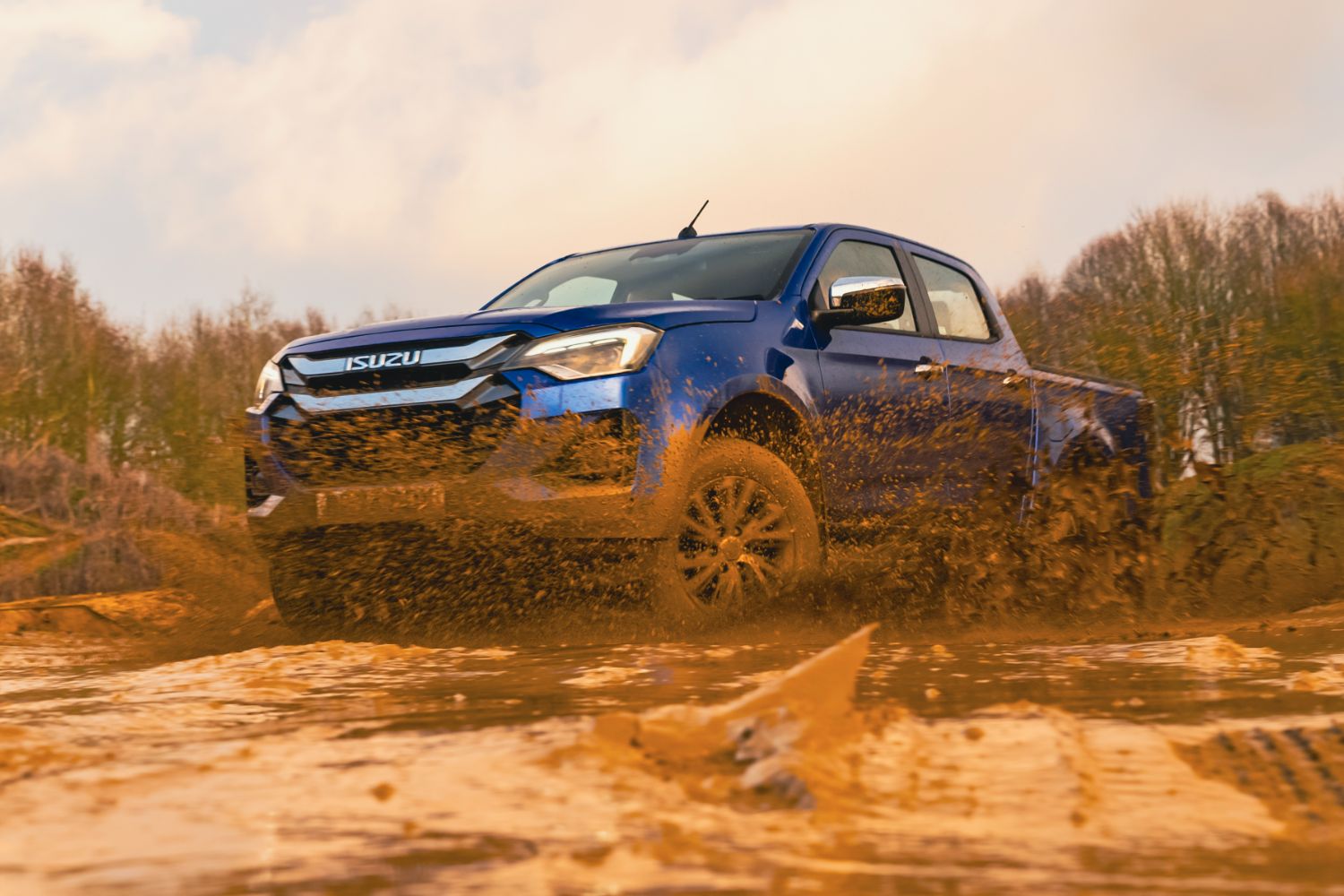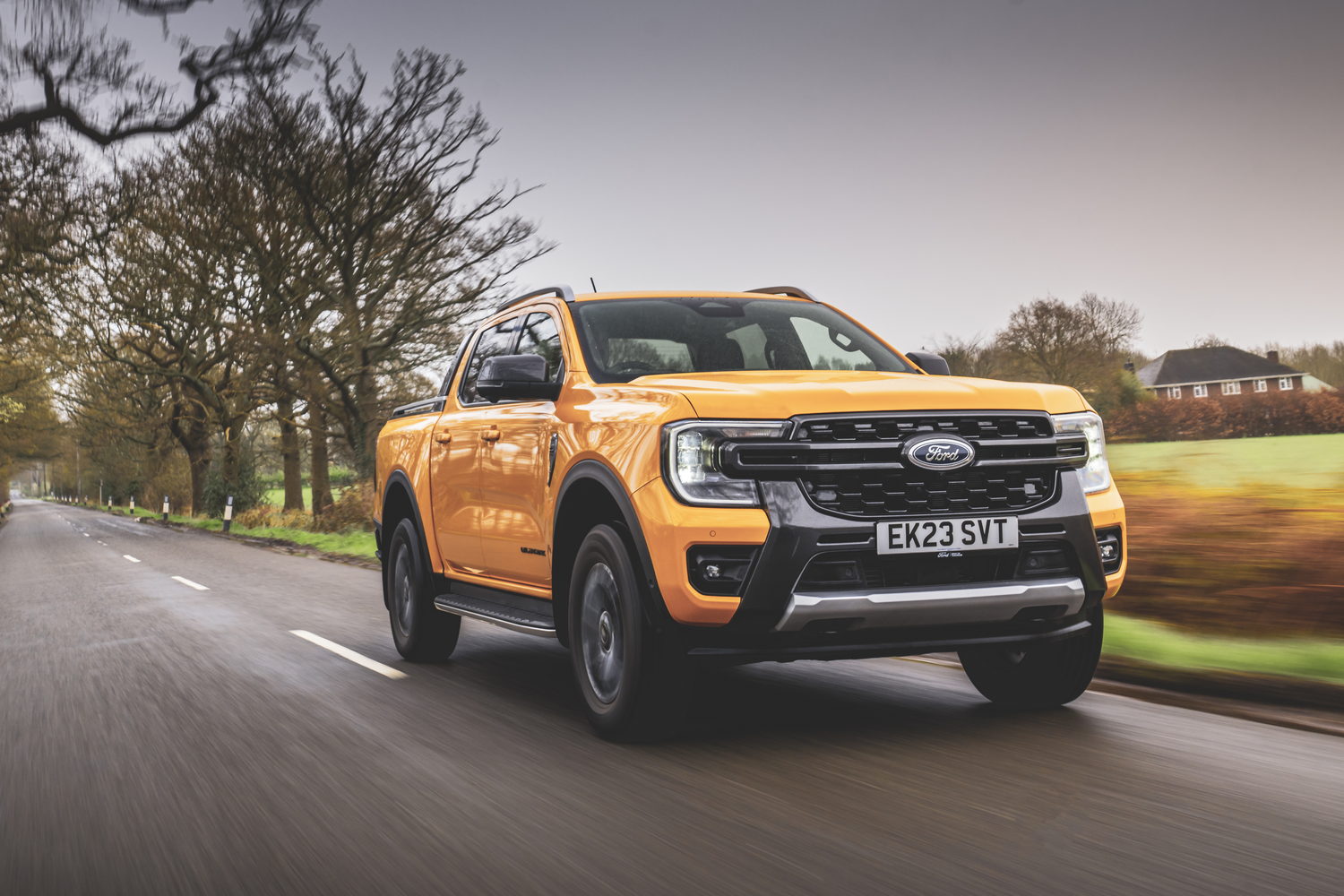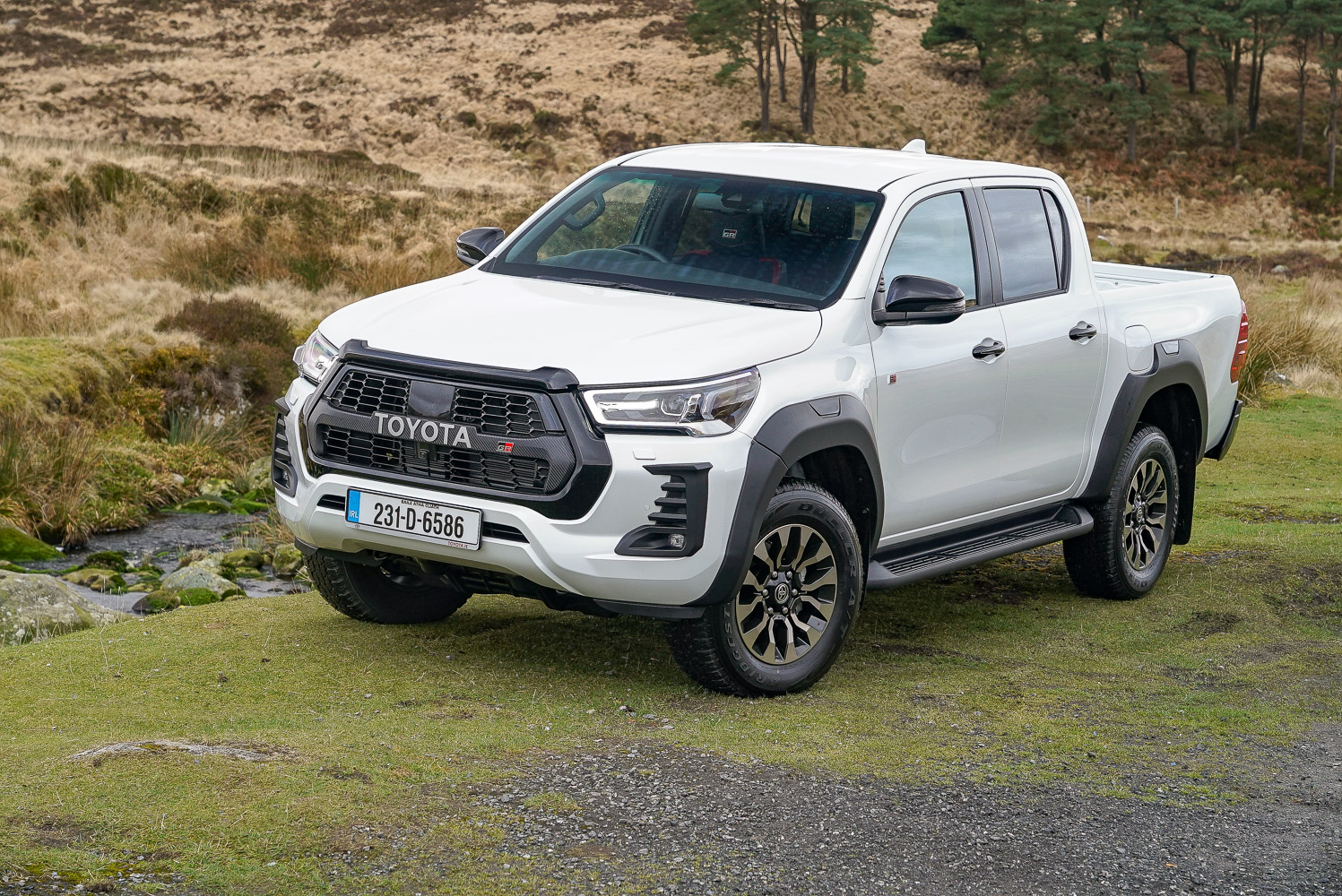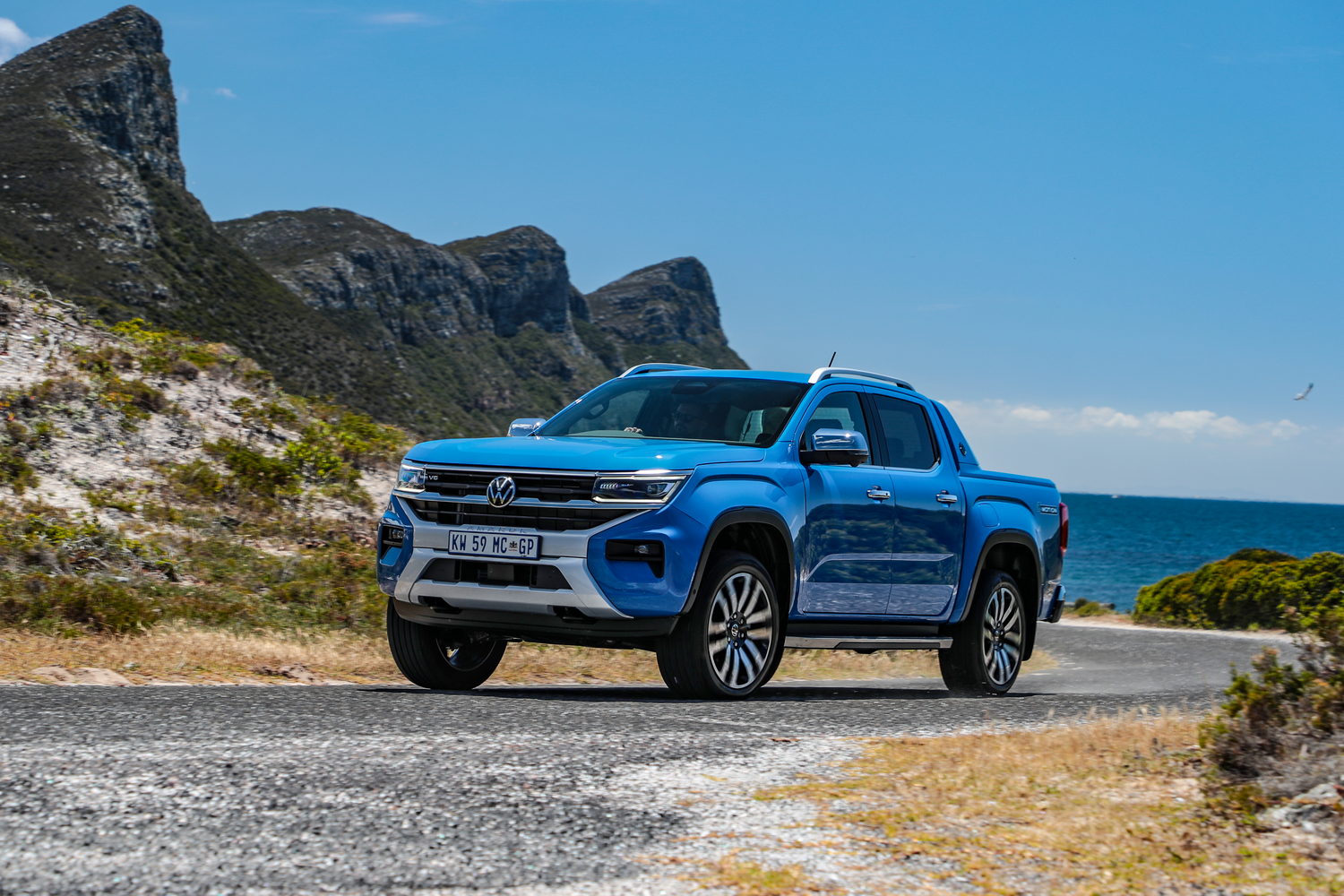There’s been a bit of a thinning out of the one-tonne pickup truck field in recent years, and when the third-generation Isuzu D-Max launched back in 2021, it was timed brilliantly - the Ford Ranger, Volkswagen Amarok and Toyota Hilux were older than it. But, since then, all-new versions of the Ford and VW have arrived, so does the D-Max’s value-oriented offering still stack up in 2025, now that it has some minor updating of the onboard tech, the exterior styling and the off-road capabilities of the Japanese machine?
To find out, we sampled the revised D-Max both on- and off-road (on a very technical, extremely muddy course), over in the English Midlands.
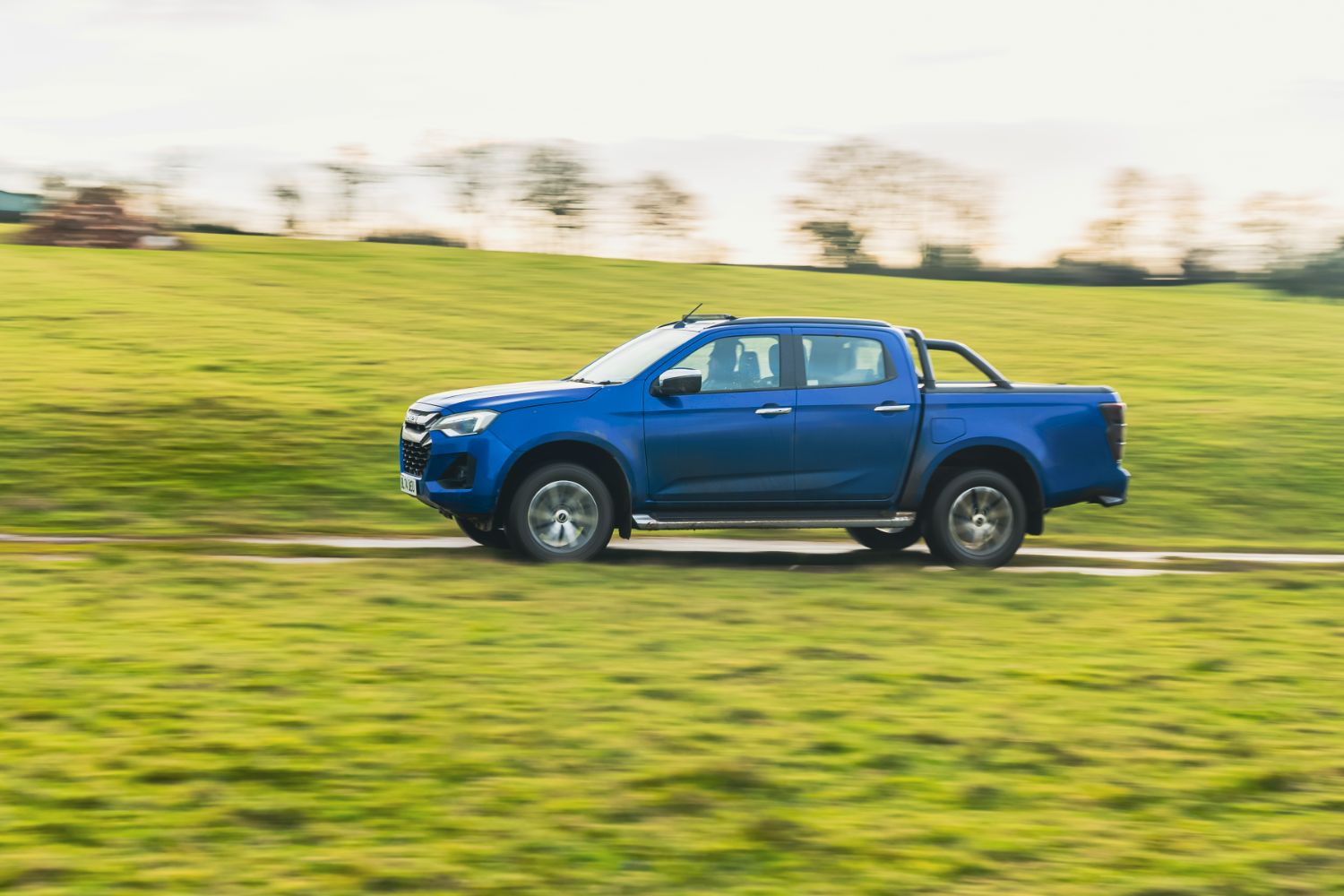
How much is the Isuzu D-Max LSE in Ireland?
As before with the Isuzu D-Max, there are almost two distinct ‘ranges within a range’, because there are certain specs and models aimed at the utilitarian side of things - where any customers are going to be proper commercial users - and then a more luxury-focused series that is principally based on the Double-Cab body. We’ll focus on the latter, as they’re as likely to be used for daily driving duties instead of a car in some cases.
Grades of L and LS come with a decent amount of kit, but the flagship LSE comes with as many amenities as possible, in order to make the D-Max’s cab feel akin to the interior of an opulent SUV rather than a mud-slathered workhorse with hose-down surfaces.
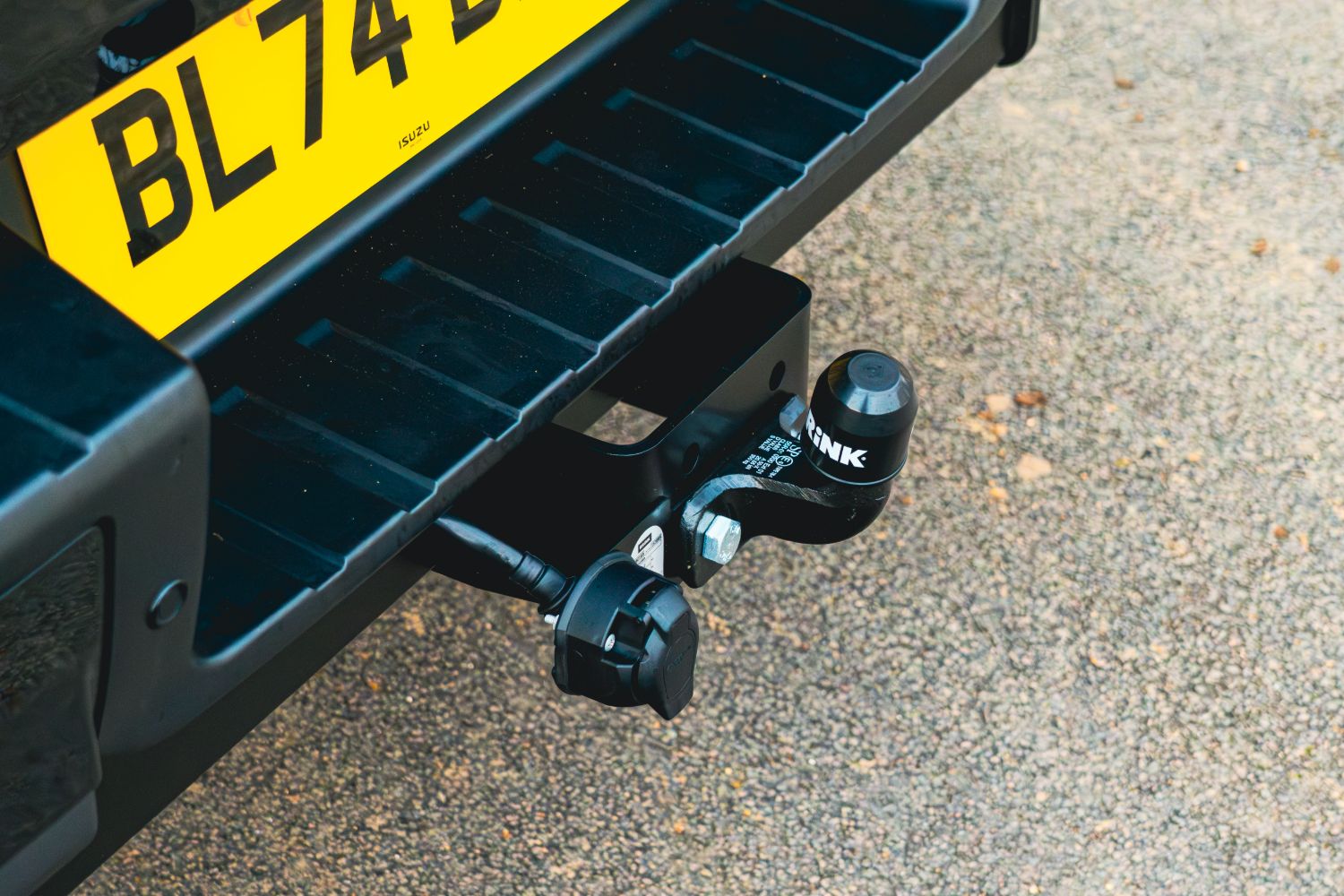
For those more luxurious models, which will have VAT included in their price, you’re looking at upwards of €50,000, and the ultimate LSE as tested here will be almost €56,000 with taxes added on top. That doesn’t make the Isuzu look immediately like it is a conspicuous bargain when stacked up against the likes of the plusher Amarok and Ranger, but both those models can be far more expensive when fitted with their biggest engines and grandest specifications.
What does the outside of the Isuzu D-Max LSE look like?
The familiar form of the D-Max Mk3 has been slightly smoothed off, courtesy of a new shape of radiator grille and, on the top two specifications, bi-LED headlights with a revised signature of daytime running lamp plus indicators built into the clusters. It’s at the rear where the Isuzu most readily gives its 2025MY game away because it has lights which have three distinct ‘decks’ to them, which the company calls the ‘Triple Shield’ design.
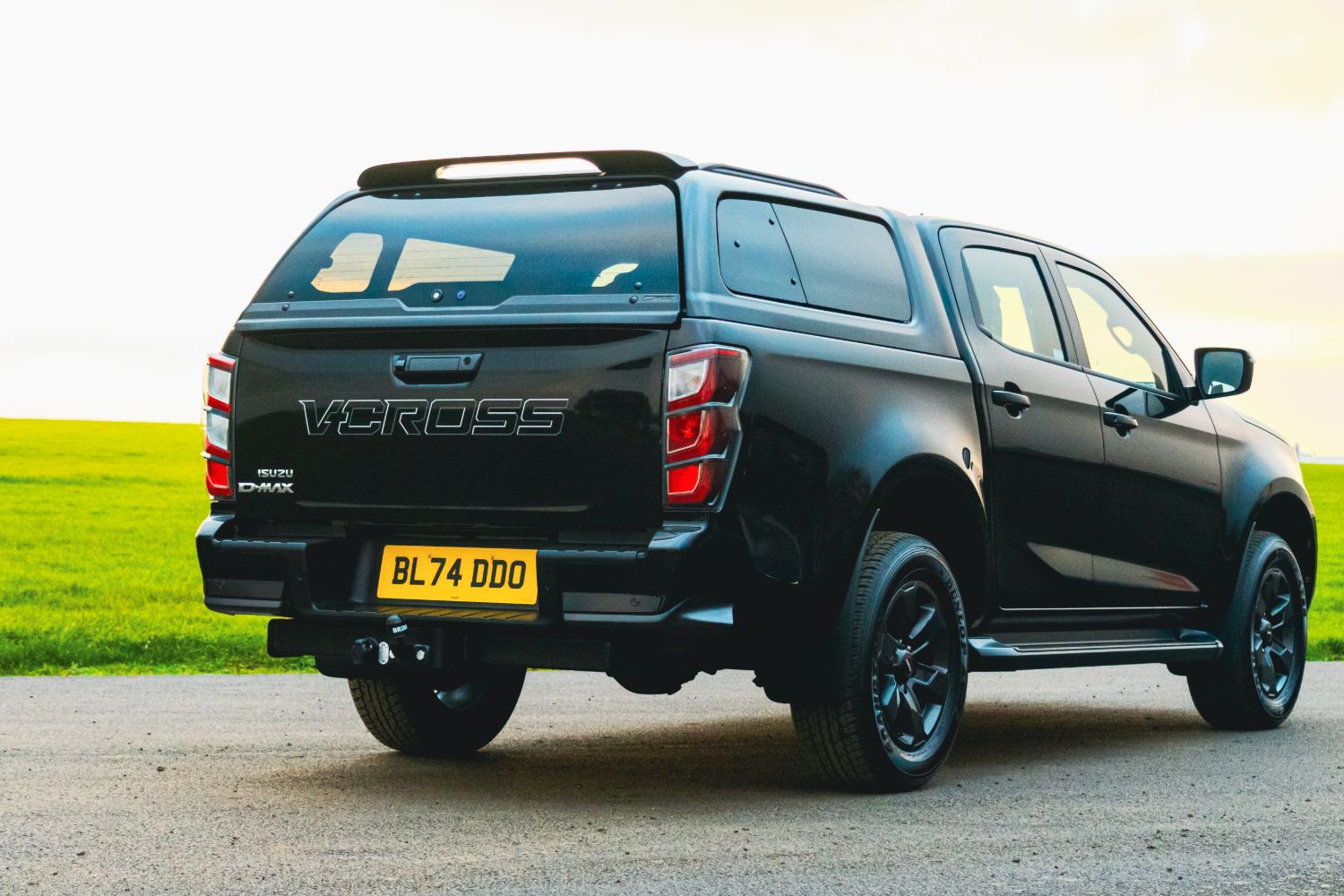
These fancy illumination packs have necessitated a subtle reshape of the truck’s tailgate, while the LSE also gains a fresh design of dark-grey, 18-inch alloy wheel. Overall, though, the D-Max is quietly stylish without being as modern or attractive to look at as the Ford and VW rivals.
A look inside the Isuzu D-Max LSE
As pickups go, the cabin quality of the D-Max was excellent when it launched four years ago and it still is, to a degree, but those pesky, newer Ford and VW competitors we keep mentioning have moved the game on. Isuzu has tried to counter by improving the technology (see below) to keep up with the Joneses, as it were, but now the cabin of the D-Max feels competent rather than classy.
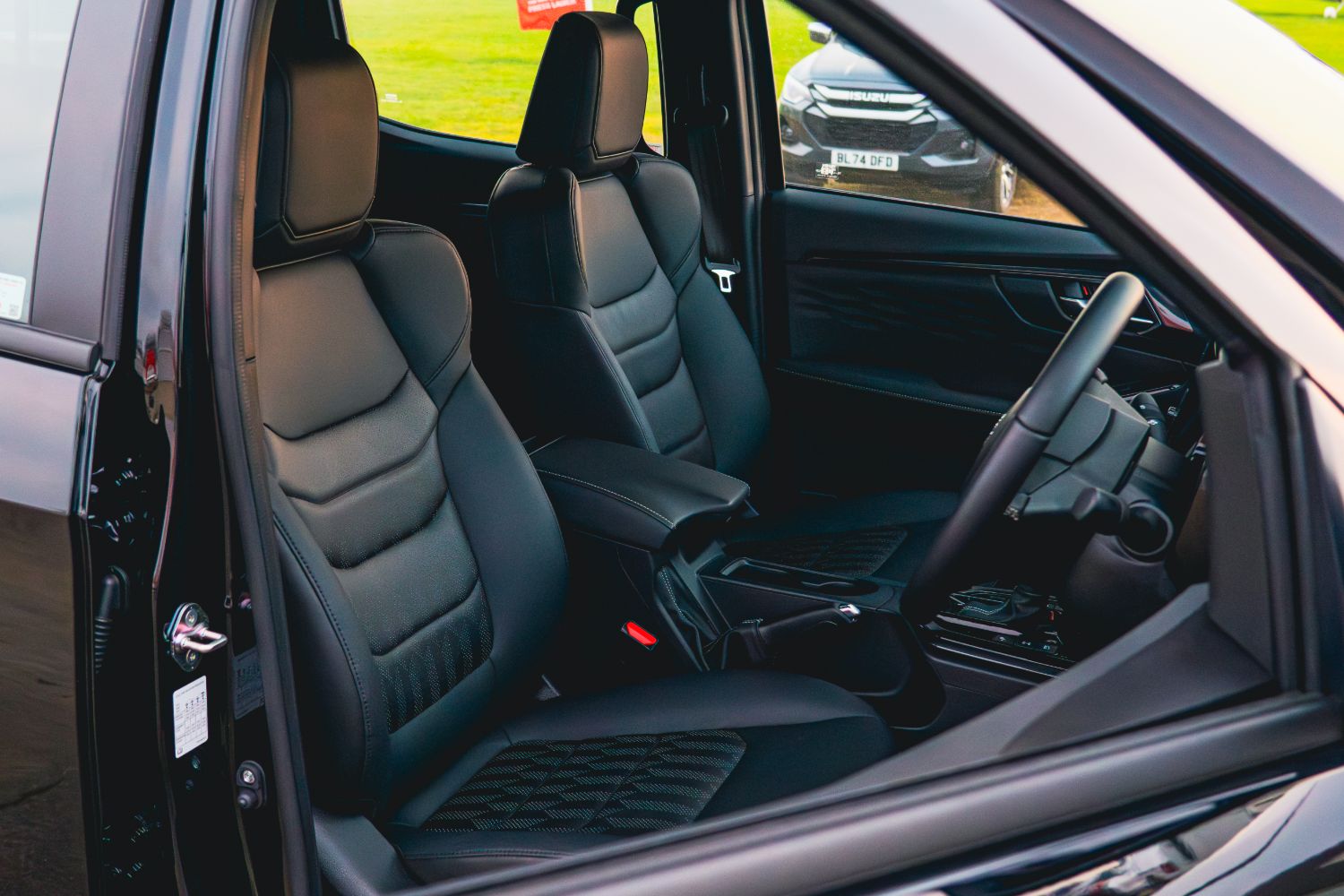
It’s still solidly built and broadly uses acceptable materials, although some of the attempts at upmarket finishing aren’t so convincing - specifically, some of the piano-black surrounds and that ‘jewelled’ fillet of trim which sits highest on the fascia. However, space within is decent enough that four big adults should be more than comfortable in the D-Max, even if five would be a push, and there’s a good amount of physical switchgear in the cab that’s also laid out in an intuitive fashion, so the Isuzu is certainly not way off the pace for interior standards in the present-day one-tonne truck class.
The Isuzu D-Max LSE’s on-board technology
One of the most common updates in the car world for midlife facelifts these days is an upgrade for the infotainment, so Isuzu has followed suit in the pickup segment and given the D-Max a better interface. All models now feature an eight-inch touchscreen as standard, which is identified by having three shortcut buttons along its bottom edge, while the LSE has a larger nine-inch item with five buttons instead.
This is an improvement on what the D-Max had before, as is the slick new seven-inch TFT screen in the Isuzu’s instrument cluster, but neither are up to the standards such tech is at in those fresher rivals. At least you can easily switch the Isuzu’s advanced driver assistance systems (ADAS) tech off quickly, using that touchscreen, if you so wish.
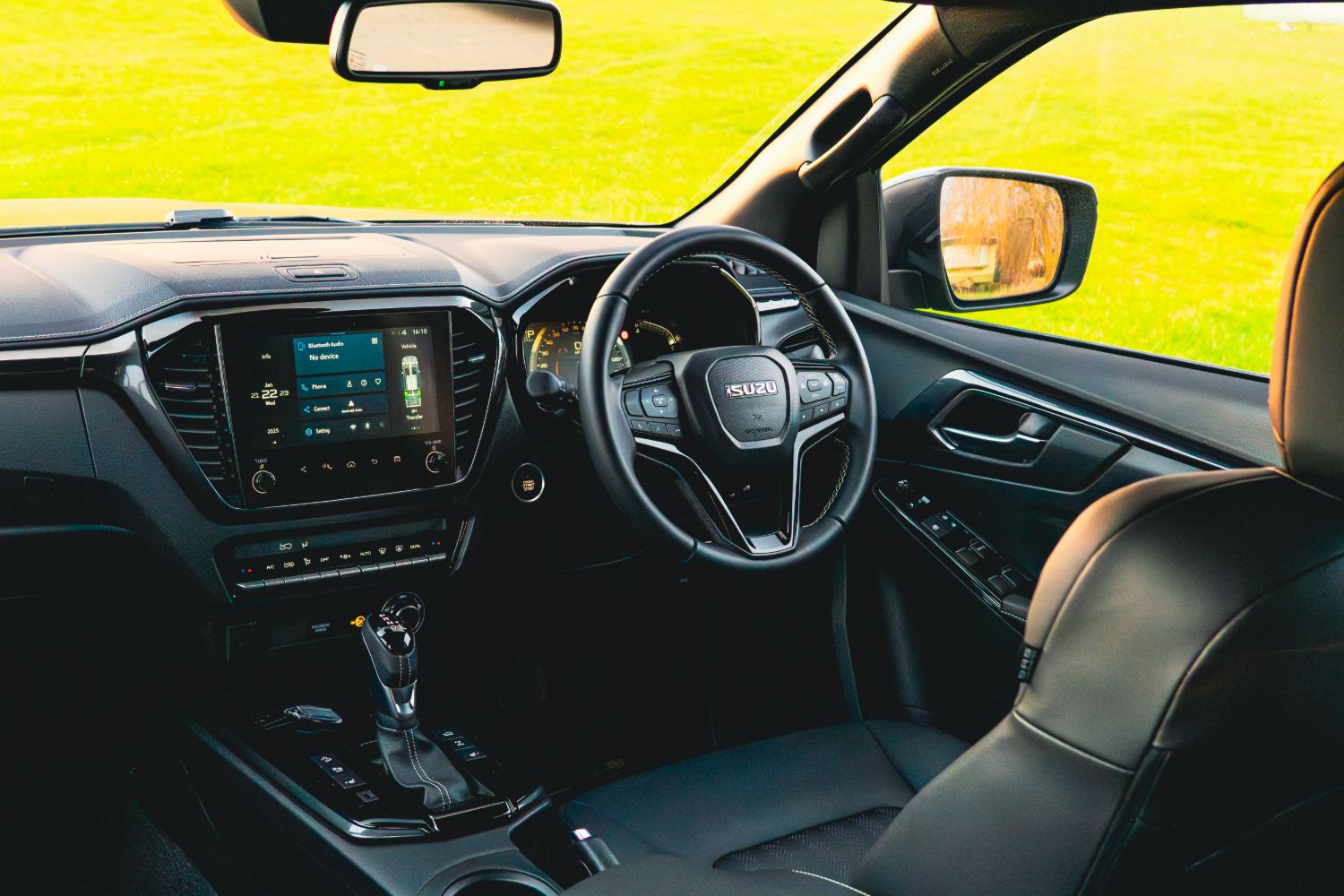
Speaking of which, Isuzu has beefed up the stereo camera cover for the lenses at the top of the windscreen. This incorporates a heater to improve forward visibility when the glass is steamed up in colder weather, while the horizontal field of view has increased from 40 to 120 degrees, and from 120 to 150 metres accordingly. This, in turn, makes the D-Max’s ADAS more advanced, the company specifically citing better target recognition (as in, it can easily identify pedestrians, cyclists, motorcycles and other vehicles with greater speed and accuracy, preventing collisions), while the auto emergency braking and traffic sign recognition are more capable.
Connected to that last feature, the adaptive cruise control is now ‘intelligent’, which means that if you set it to, say, 110km/h on the motorway and then the speed limits are reduced due to roadworks or other temporary measures, the D-Max can read that and offer its driver the choice to reduce the vehicle’s velocity to match by pressing the ‘OK’ button on the steering wheel.
How big is the Isuzu D-Max LSE?
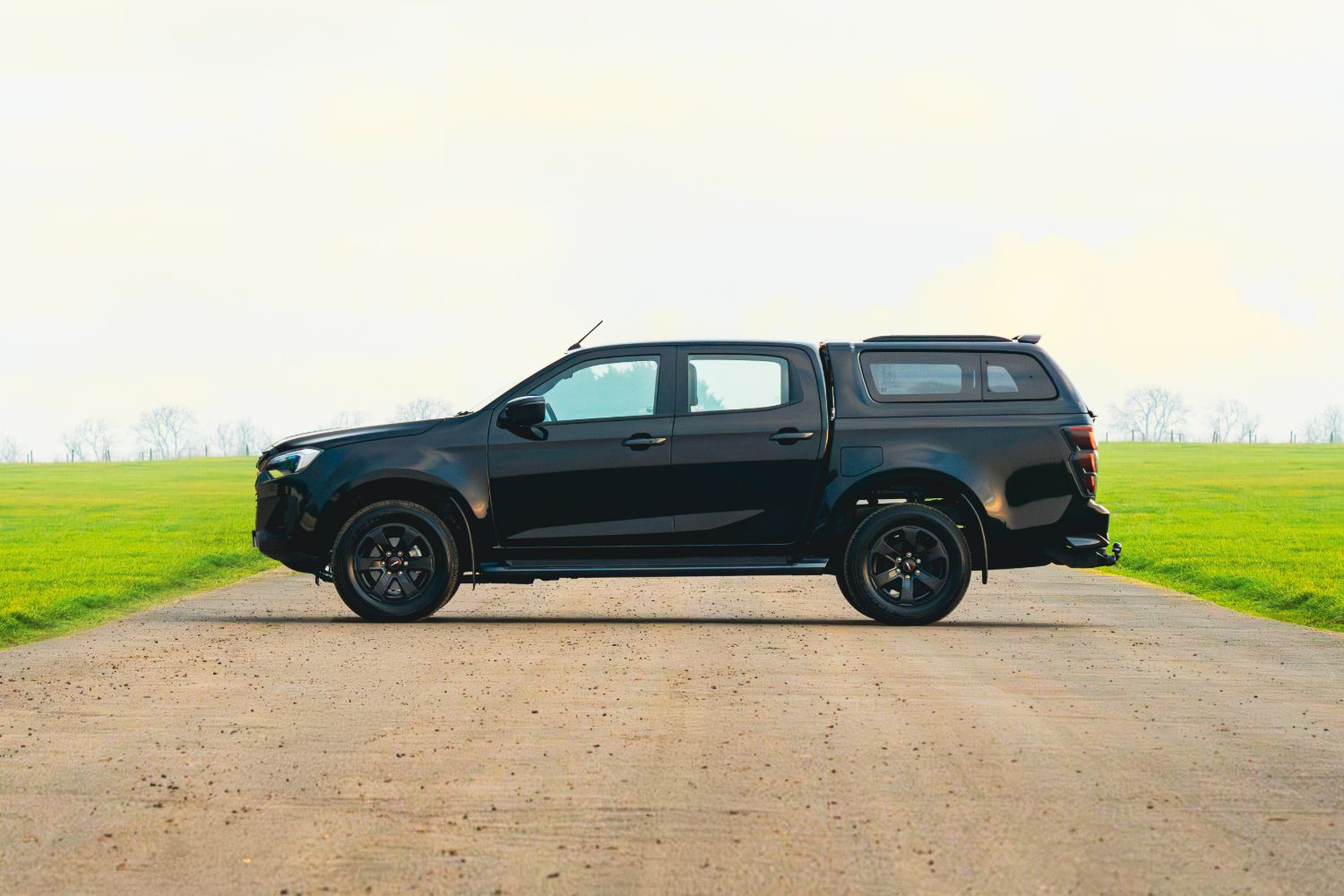
Like any one-tonne pickup truck, the D-Max is a big vehicle. It measures a colossal 5,280mm long, of which 3,125mm is made up of the wheelbase. It’s also 1,790mm tall, although it’s not massively wide for this class of vehicle at 1,870mm. Other details include a load bed that is 1,520mm long, 1,530mm wide and 500mm deep, while the LSE Double-Cab has 230mm of ground clearance. It also has impressive approach, departure and ramp angles of 30.5, 24.2 and 22.9 degrees respectively, and it can wade through 800mm of water without requiring a snorkel.
What are the max payload, towing weight and GVW of the Isuzu D-Max LSE?
To qualify as a one-tonne pickup, a truck has to carry 1,000kg or more in its load bed, hence the segment’s name. The D-Max comfortably has this covered, with a stated payload figure of 1,085kg, and while it might not have the most powerful engine in the world, it can still tow up to 3,500kg of braked trailer. It also has a lower gross vehicle weight (GVW) than some rivals, coming in at 3,100kg.
Driving the Isuzu D-Max
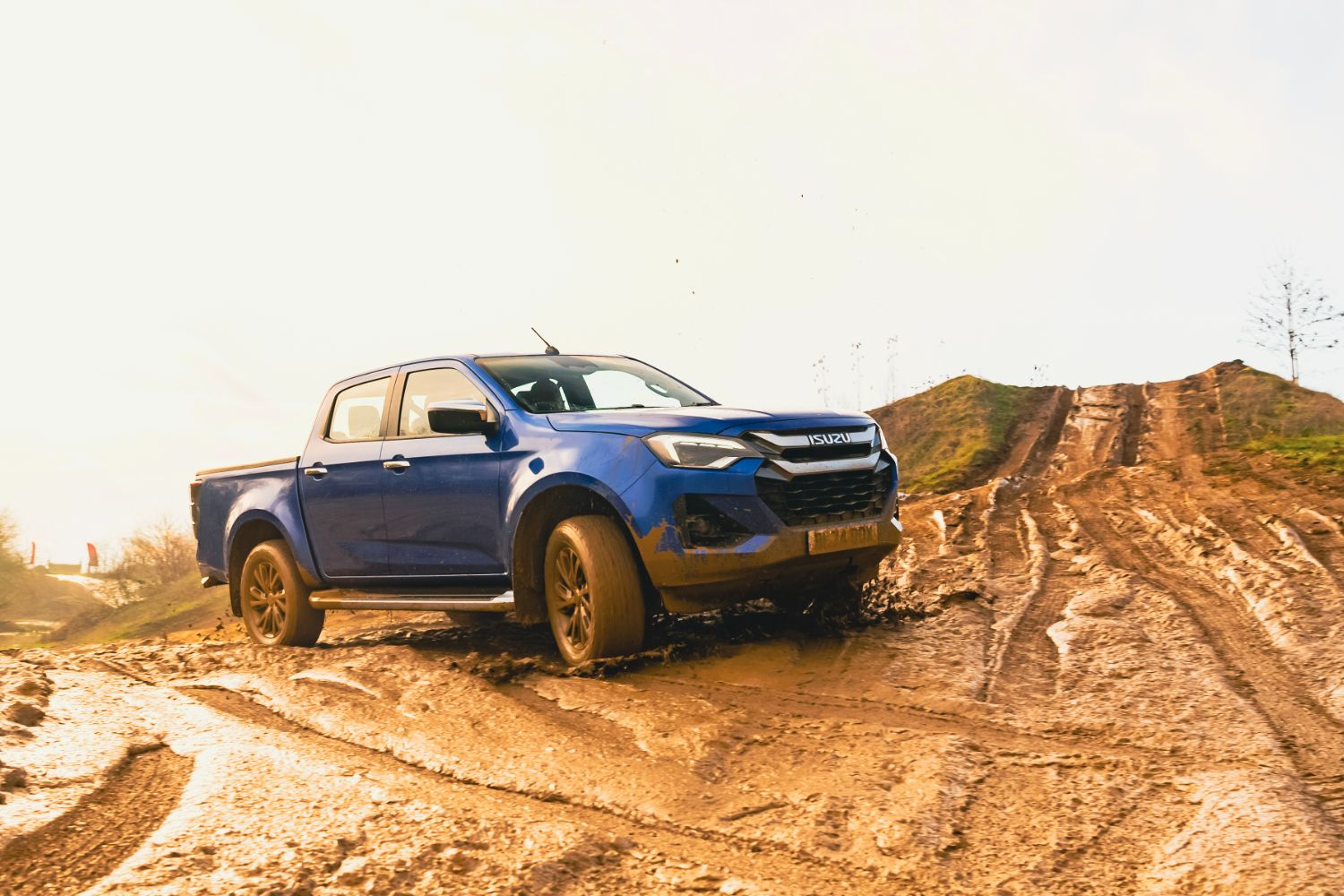
With switchable two-wheel drive, four-wheel drive (Hi) and low-range AWD, plus a rear differential lock, the D-Max is already a formidable piece of kit when it comes to its prowess away from metalled road surfaces. So, it might be strange to hear that the big mechanical talking point for the 2025MY Isuzu is the addition of Rough Terrain Mode (RTM). Selectable via a little switch next to the gear lever, on which there’s a side-on simplistic graphic of an SUV traversing bumpy ground, it is a form of torque-vectoring that can send power to the wheels with most grip, while selectively braking any that might be spinning in the sludge.
It’s designed to enhance the inherent ruggedness of the D-Max and give it even more control and go-anywhere ability in the very worst of conditions, and having sampled it on a really challenging, incredibly muddy course, we’re happy to say the Isuzu - with RTM fitted and while only wearing road-biased tyres, rather than proper off-road rubber - is even more imperious than it was before. You shouldn’t get stuck in this thing, in all truth.
Where it’s not quite so all-domineering is, sadly, on the very surface that the vast majority of owners will be driving their D-Max trucks on more regularly than not: the road. The main problem is the retention of the 1.9-litre turbodiesel engine. This felt like it was ageing and uncouth in 2021, and even further back in the preceding generation of the D-Max, and nowadays it’s way off the more cultured units you’d get in the Ranger and Amarok (and we’re only talking four-cylinder units here, not the silky V6s these two get as optional drivetrains), as well as the 2.8-litre turbodiesel in a Hilux.
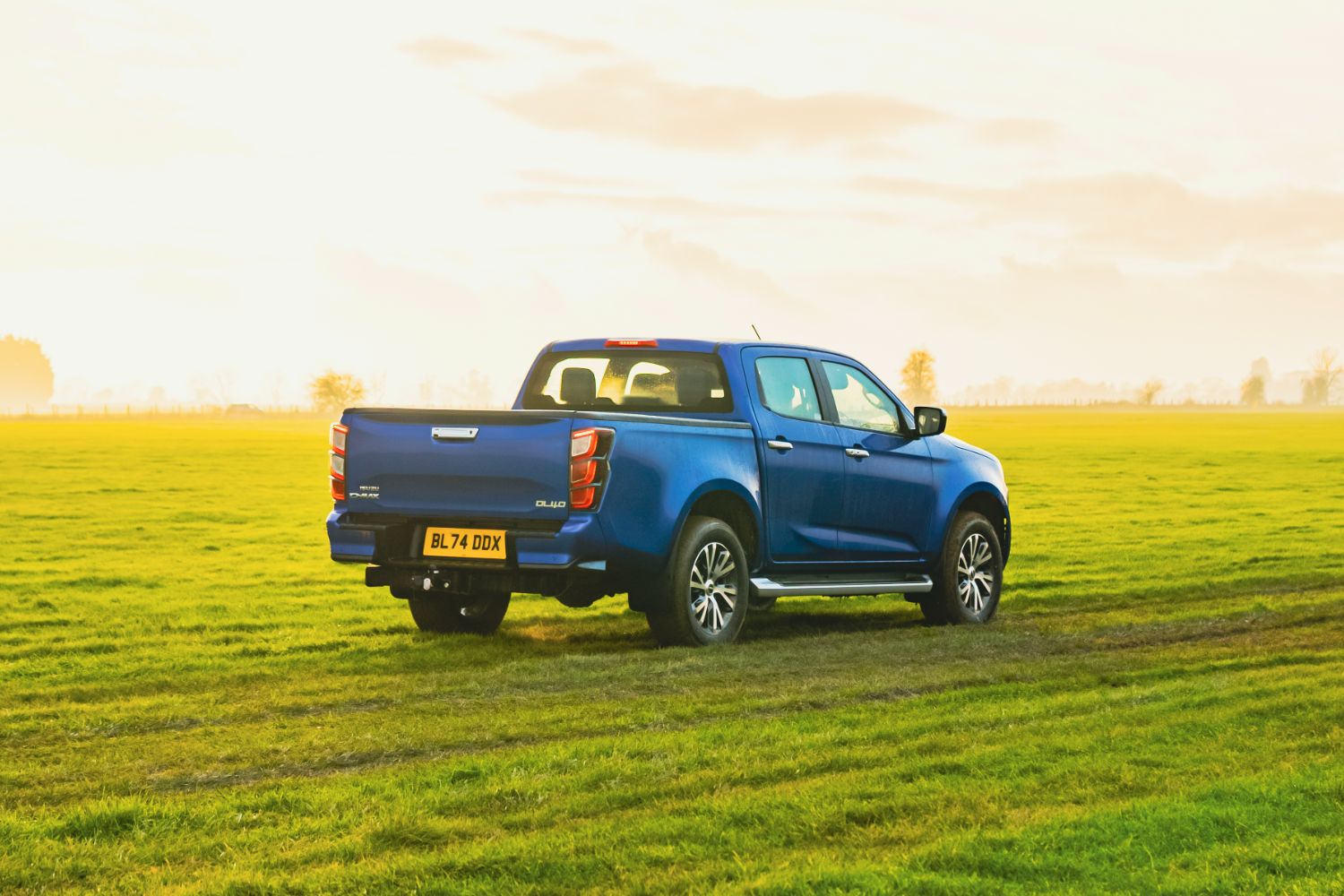
As long as you don’t go beyond 3,000rpm, it’s reasonably quiet and muscular, but if you ever rev it out a little then it becomes noisy and thrashy. And the D-Max is never quick, even by the standards of one-tonners, whether it’s fitted with the six-speed manual or the automatic; it’s not a bad gearbox, per se, but it’s not at the forefront of transmissions by any stretch of the imagination.
The D-Max also has one of the more fidgety rides for this type of truck, always shimmying when unladen on rougher surfaces, but in fairness to it, the Isuzu does manage to settle down to a comfortable gait when it’s up to speed and rolling along a motorway or dual-carriageway. It also seems to limit tyre and wind noise well enough, if not to the sort of hushed levels you’d get in an SUV. And while it has the slower, more imprecise steering of any pickup, it is at least consistent in its responses and nicely weighted, so you can kind of hustle the D-Max LSE along a twisting road if you feel the need, meaning you maintain your hard-won pace through the corners and don’t have to listen to its engine roaring away under hard acceleration as often as you might imagine.
How economical is the Isuzu D-Max
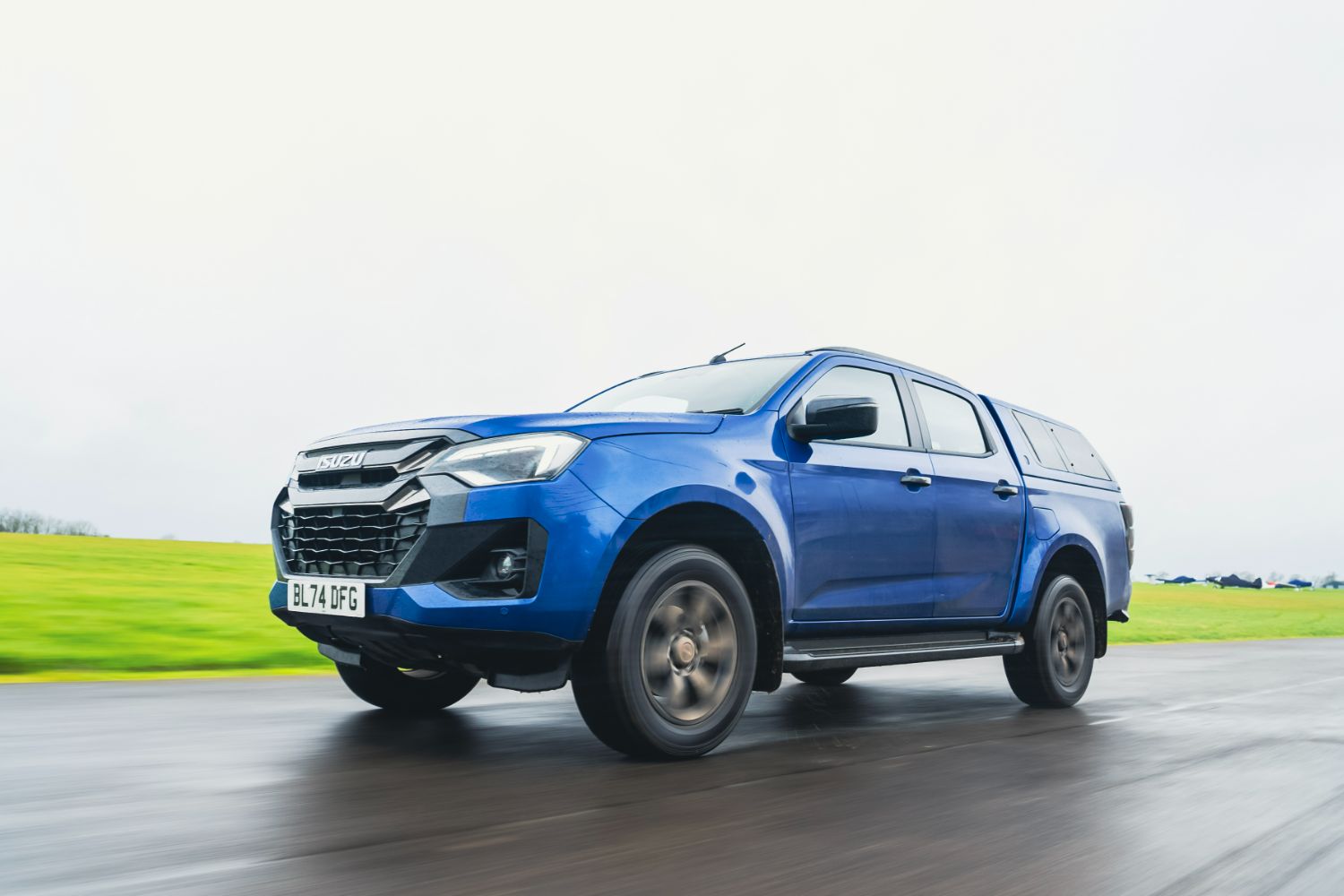
Another area where the Isuzu’s 1.9-litre betrays its antiquity. While no one-tonne truck is going to be brilliant on diesel, the D-Max’s 9.0 litres/100km (31.4mpg) figure isn’t setting a high bar in the sector. And we couldn’t even match that during our on-road testing, recording a less-than-impressive 10.6 litres/100km (26.6mpg). In similar circumstances, we can coax an easy 9.4 litres/100km (30mpg) out of comparable vehicles without even trying.
The reasons you’d buy an Isuzu D-Max LSE
There aren’t many alternatives in this sector right now, even including outliers like the Ineos Quartermaster, so if you want a well-sorted pickup that’s nigh-on unstoppable off-road, you’re not going to go far wrong with the updated Isuzu D-Max. That said, there are some caveats: its interior has been outmanoeuvred by newer product launches from other manufacturers; the LSE is not a clear-cut bargain at €55,000-plus; and the wheezy 1.9-litre turbodiesel feels like it is ready to be retired. Yet the resulting vehicle is still likeable, tough and dependable.
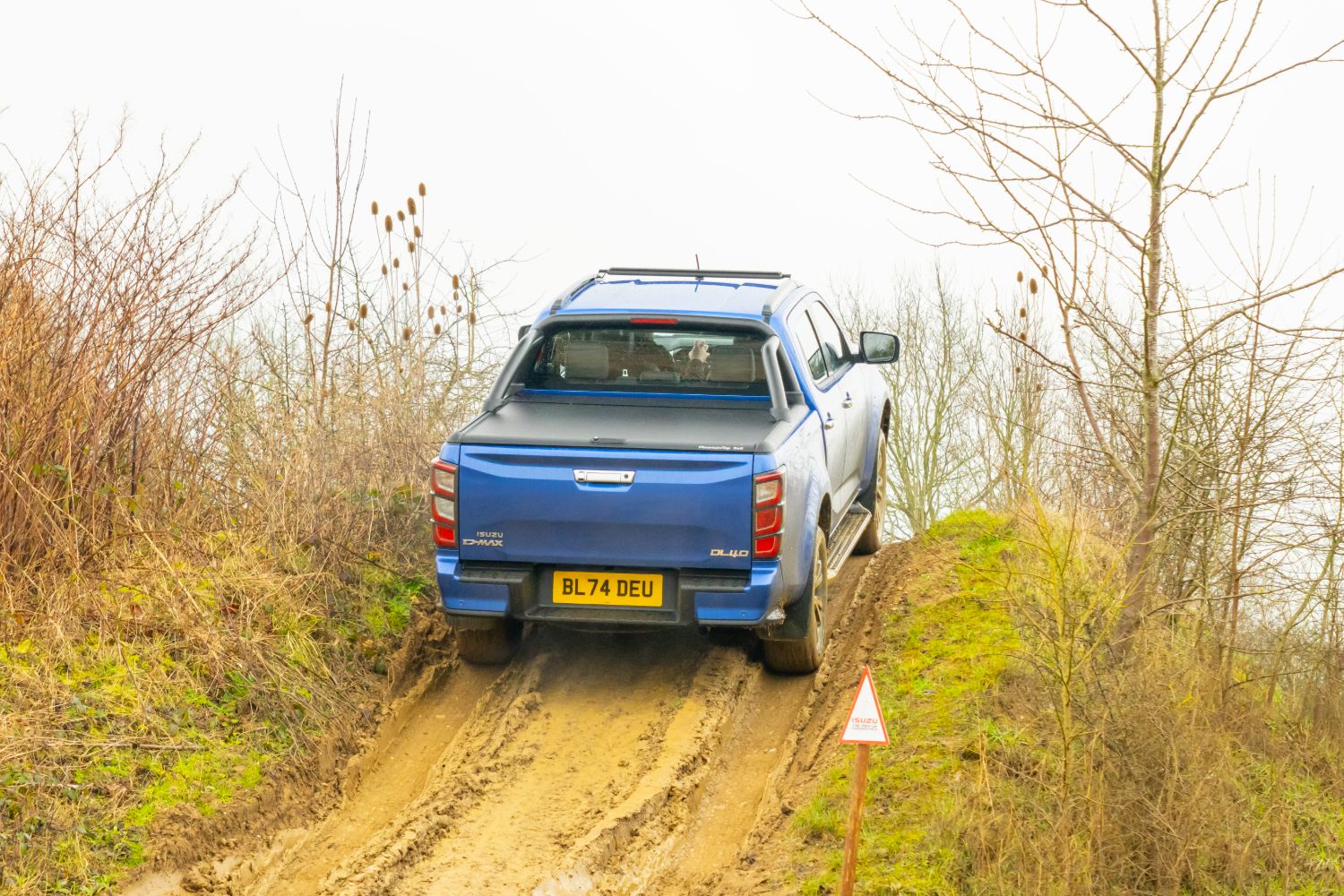
Ask us anything about the Isuzu D-Max
If there’s anything about the Isuzu D-Max we’ve not covered, or you’d like advice in choosing between it and other vehicles, you can avail of our (completely free) expert advice service via the Ask Us Anything page.

